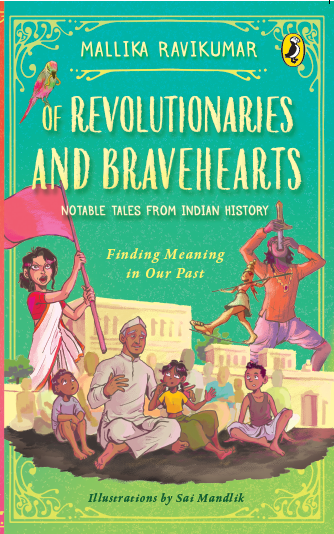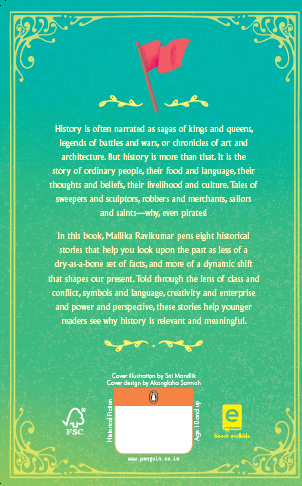Among the first events that take place in an individual’s life is the ascribing of a name. Whether one has an elaborate naming ceremony or is merely quietly assigned a name, when a child is born – he or she is given a name. For with a name, a person acquires an identity. A differentiating identity.
Similarly, among the very first things the founding fathers of our Constitution were required to do after the nation became independent, was to give the new nation a name.
As we celebrate the momentous occasion of Republic Day, a look back at India’s many names.
Article 1 of the Constitution
The very first article of the Indian constitution – Article 1 clause 1 reads as follows –
“India, that is Bharat, shall be a Union of States.”
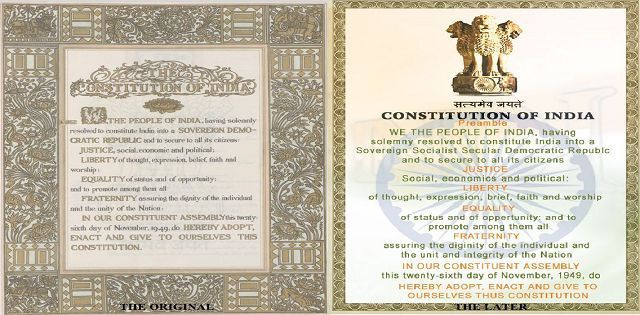
The Preamble to our Constitution that comes even before that, begins with …
”We the people of India…”
The child had been named. The name was to be India. Who was also known as Bharat.
But the child wasn’t exactly new born. New in its present form as a nation state of the 20th century – yes. But it was an ancient land. Lived in for centuries. For millennia the land had been referred to by several names.
What were those names? What was the origin of all these names? Do you know?
Bharat
Bharat, which also appears in the Constitution of course is one.
Perhaps you can trace the word Bharat to the great epic the Mahabharata?
And to the national anthem where the words “Bharat bhagya vidhata” are found.
You may have also heard of the slogan that was raised during the Freedom Struggle – “Bharat Mata Ki Jai”.
This word Bharat has ancient origins. How do we know?
Well…from textual references such as in this mantra which you may have heard – known as the Sankalpa Mantra which has been recited by Hindus since ancient times before performing rituals. Somewhere after its beginning you find the lines ..
…Kaliyuge pratham charane, Bharatvarshe, Bharatkhande, Jambudwipe.
These lines fix the time and the location of the ritual being performed. Bharatvarshe Bharatkhande, Jambudwipe – are all references to this geographic mass – we now call India.
So what is Bharat? Where did this name originate?
The story of Shakuntala and King Dushyanta that appears in the Mahabharata and is made famous by none other than Kalidasa, one of India’s greatest writers in his play Abhigyana Shakuntalam holds the clue.
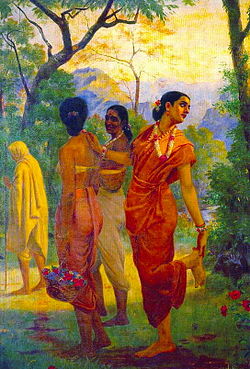
That is a long story – and I won’t get into it here (perhaps you can look it up – for it’s a beautiful story) – suffice it to say here for the purposes of this post that Bharat was the son of Shakuntala and King Dushyanta – the protagonists of that story.
And the word Bharat for this land is said to have come from this King who was known to be just and generous. The Kurus of the Mahabharata are said to be the descendants of this King Bharat.
Jambudwipa
Jambudwipa is the other term you hear in the Sankalpa mantra. That is another term by which India has been known –Jambu dwipa – or the land of the Jambu Trees (rose apple trees)
According to ancient Indian cosmography – the earth was divided into seven continents. Jambudwipa was the name given to this geographic stretch of land.
Debate in the Constituent Assembly
While deciding a name for the nation in the Constitution, members of the Constituent Assembly which was to draft the Indian constitution, had various opinions.
Referring to these names of antiquity Seth Govind Das, one of the members in the Assembly pressed for naming our country Bharat by referring to ancient texts like the Vedas, the Upanishads and the Puranas. The time had come, he said for ‘India’ to become ‘Bharat’ once again.
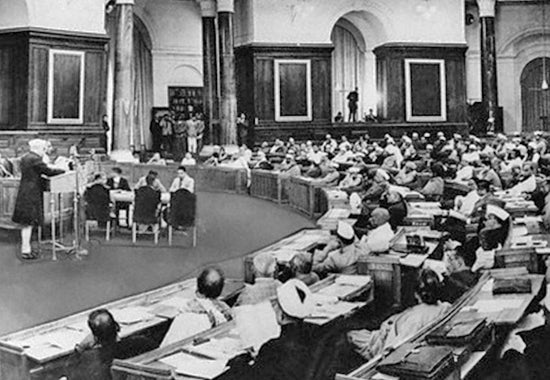
HV Kamath, another member of the Assembly strongly pleaded for re-drafting the opening words of Article 1. Congressman Pandit Tripathi agreed, saying he was enamoured by the historic name — Bharat and added that the gods in heaven remember the country by this name, demanding that the word ‘Bharat’ precede ‘India’ in Article 1.
That is when the pragmatic and forward-looking B.R Ambedkar rose to speak. “Is all this necessary?” he asked. “There is a lot of work to be done!”
The amendment to put ‘Bharat’ before ‘India’ was put to vote by President Rajendra Prasad and was lost by a difference of 13 votes. Hence we have ‘India that is Bharat’ in our Constitution rather than ‘Bharat, that is India’.
Hindustan
India has yet another name. – “Hind’ or ‘Hindustan’.
Whether in the famous song ‘Saare Jahaan se Acha, Hindustan Hamaara’ written by Iqbal in his Tarana-e-Hind or in the slogan ‘Jai Hind!” or in the Azad Hind Fauj of Netaji Subhash Chandra Bose – the word Hind or Hindustan comes into focus.
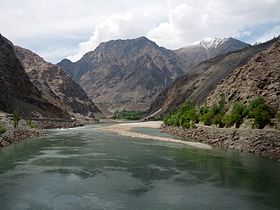
Contrary to what one may think, the word Hindustan has not so much to do with religion as it does with region.
It has its origin in Persian and Arabic references which called the area on the other side of the Indus as Al-Hind.
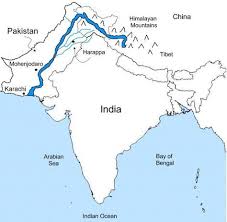
The Sindhu River – or the Indus River, the Indus Valley, the area of Sindh, the Hindukush Mountains, the Hind Sagar, the local name for the Indian ocean – all take from this Persian-Arabic geographic reference.
What about India?
Well, the word India too is derived from this River Sindhu – or Indus.
One of the earliest references to the term may be by Magesthenes, the Greek Ambassador sent by Seleucus, successor to Alexander, to the Court of King Chandragupta Maurya in the 3rd century BC who left behind a treatise of his travels named the Indika.
Ancient references of geographers and mariners who sailed to India also used this name.
The names Aryavarta and Melhua have also been used in various contexts to refer to either whole or parts of this geographical area.
Ah! So many names!
“What’s in a name?” said the lyrical bard. “A rose by any other name would smell as sweet’ is a famous line from Shakespeare’s pen.
Perhaps the wisdom in those words is where this story must conclude.
You can also listen to this story as a podcast by clicking here.
If you enjoyed this story and would like to stay updated about my latest posts, podcasts and books and join me in my journey of learning and discovering more about India – SIGN UP to the monthly newsletter.
Jai Hind!
INTRODUCE CHILDREN TO INDIAN HISTORY THROUGH MEANINFUL CONVERSATIONS. CHECK OUT MY BOOK OF REVOLUTIONARIES AND BRAVEHEARTS PUBLISHED BY PUFFIN.
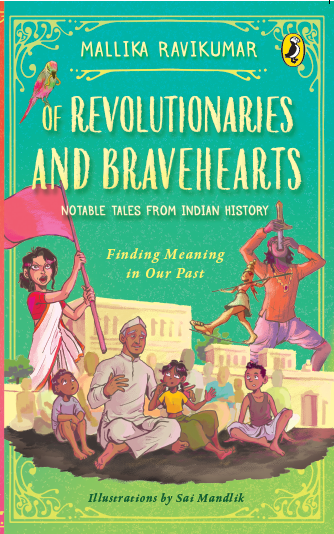
A BOOK ON INDIAN HISTORY THAT WILL MAKE YOU THINK; AND LEAVE YOU WITH MORE QUESTIONS THAN ANSWERS!

